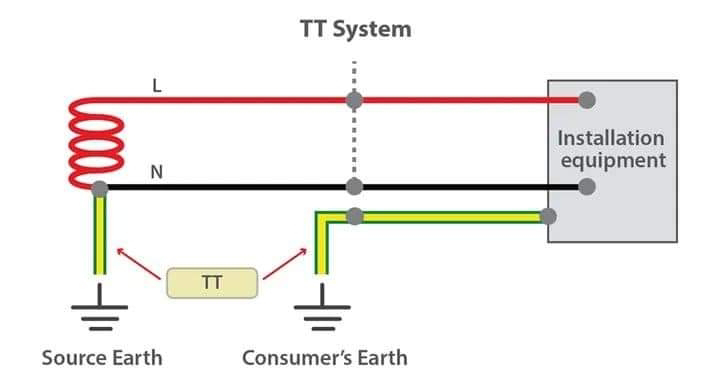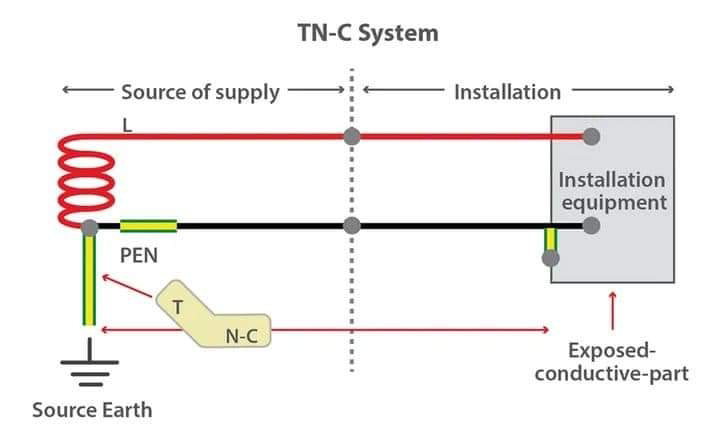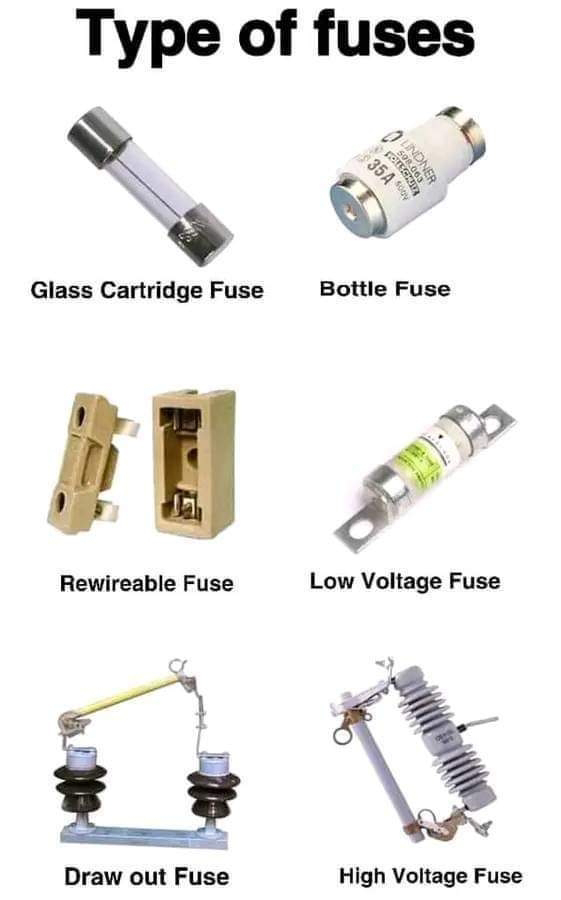While copper is a common choice for grounding rods, other materials like aluminum, zinc, stainless steel, copper-clade or copper-coated galvanized steel can also be used for grounding rods and earthing plates in grounding applications. The choice depends on local code and regulations, cost considerations, and specific application requirements. However, solid copper remains a popular and reliable option for grounding and earthing systems due to its excellent electrical properties, including low resistance, good conductivity, resistance to corrosion, and long life expectancy.
Ground rods are used to discharge static electricity, lightning strikes, and fault currents to the earth, ensuring proper protection against electric shock hazards and preventing damage to equipment and the overall installation.
Copper rods are commonly preferred and used in grounding and earthing systems for several important reasons as follows:
• Electrical Conductivity
Copper is an excellent conductor of electricity. It has a high electrical conductivity, which means it allows electric current to flow easily through it. This property is essential in grounding systems because it ensures that fault currents can be effectively and safely directed to the ground, reducing the risk of electrical shock and protecting electrical equipment.
• Corrosion Resistance
Copper is highly resistant to corrosion, especially when exposed to other elements. Grounding rods are often installed in the ground, and they need to maintain their electrical conductivity over time. Copper’s corrosion resistance helps ensure the long-term effectiveness of the grounding system.
• Long Life Expectancy
Copper rods are durable and have a long service life, making them a reliable choice for grounding systems. They can withstand environmental factors like moisture, soil conditions, and temperature variations.
• Low Resistance
Copper has a relatively low resistance compared to other metals (such as iron, aluminum, or steel) making it an efficient conductor for electrical current. Lower resistance means ease of flowing current in it and less energy is lost as heat, making copper an efficient choice for grounding systems.
• Compatibility
Copper is compatible with a wide range of connectors, clamps, and conductors used in grounding systems. This makes it easier to install and maintain a grounding system with copper rods.
• Grounding Effectiveness
Copper rods are effective in dispersing fault currents into the earth, which helps prevent electrical fires and ensures the safety of people and property. Copper’s conductivity and physical properties make it well-suited for this purpose.














